- Established 1982 -HOME: www.hiltonpond.org
THIS WEEK at HILTON POND Subscribe for free to our award-winning nature newsletter (Back to Preceding Week; on to Next Week) |
LATE SUMMER BREEDING BIRDS With the second half of August behind us at Hilton Pond Center, one might expect avian breeding behavior to be done with for 2020. Most year-round residents and Neotropical migrants that will be departing for warmer climes have indeed raised their young, but based on local observations of birds on the wing and in the hand there's a little procreation still going on.
All text, maps, charts & photos © Hilton Pond Center Alhough fall is almost upon us, at least one pair of Mourning Doves (MODO, above) at the Center is still courting and even copulating--a sure sign they're about to build a flimsy new stick nest and lay another complement of two creamy white eggs. To be honest, this is NOT a surprise. It's been said Mourning Doves are one species that can be found breeding during every month of the year somewhere in North America. In fact, in the southeastern U.S. some established MODO pairs may produce four or five broods per year, which makes for a long breeding season. And it's a good thing doves are prolific: MODO are considered game birds in states where annual national harvest averages 20 million birds--up to 70 million taken in some years. One significant problem occurs when tons of spent lead shot are scattered across hunting fields, only to be ingested as grit by doves and other birds that die a slow death from lead poisoning. The obvious but sometimes controversial solution: Steel shot.
All text, maps, charts & photos © Hilton Pond Center Even if Mourning Doves are ready to slow down this year at Hilton Pond, it's obvious they've been breeding quite recently. Case in point: This week we captured and banded two young MODO that hadn't been out of the nest very long; their short tail feathers were still partially "in quill" and still growing. Such fledglings are easily distinguished from their parents by a scaly appearance (as above) that results from buffy edges on wing coverts, breast, and head feathers. When they bring in adult plumage, males acquire a slate-blue cap and rosy breast--both much paler in their mates. Youngsters also lack that distinctive pale blue "mascara" on bare skin around their eyes.
All text, maps, charts & photos © Hilton Pond Center And speaking of bare skin, a female American Goldfinch (AMGO) we captured this week at Hilton Pond Center had a belly and breast completely devoid of feathers (above)--what we call a "brood patch" or "incubation patch" that confirmed she was still actively breeding the last half of August. In many birds, reproductive females lose these ventral feathers through hormonal change and/or mechanical plucking that creates an expanse of naked epidermis--all the better to provide direct contact with eggs or chicks. Heat transfer is enhanced further because the skin acquires increased vascularization, with more blood vessels bringing more internal heat to the surface. What's more, the area beneath the skin becomes edematous--wrinkly and filled with fluid--creating a sort of "hot water bottle" that holds and exchanges heat even more efficiently. (NOTE: In some bird families--woodpeckers, for example--males likewise lose some or all belly feathers and share incubation and brooding duties, more or less, with the female.) Not only did this week's female goldfinch have a brood patch indicative of active breeding, she also had a cloacal opening (see photo) that was distended, for two reasons: An egg had just been expelled--likely early that morning--AND another developing egg was now in position awaiting the egg shell to be deposited so it, too, could be placed in the nest--probably the NEXT morning. Note the ring of feathers around the cloacal opening of this female AMGO. We hypothesize these help funnel sperm during split-second copulation--a "cloacal kiss," of sorts, in which no intromittent male organ is involved. (NOTE: As further evidence goldfinches are actively nesting at or near the Center during the last half of August, we captured an adult male with a prominent cloacal protuberance--a swelling filled with sperm that appears only when a male is in breeding condition. Having sperm ready and available facilitates transfer during the "kiss.")
All text, maps, charts & photos © Hilton Pond Center As with the fledging Mourning Dove that offered evidence of recent reproductive activity, this week at the Center we also captured a young American Goldfinch (above) with a short tail still in quill. This bird probably left the nest just a few days previously. Note the buffy wingbars that will be white in the adult, and the loose appearance of the overall plumage. (There's also a little feather tuft in the bird's crown--often seen in young birds.) Even though this immature individual lacked any of the bright yellow attire of a breeding AMGO, we knew it to be a male because its wings were black rather than brownish-black as in females.
All text, maps, charts & photos © Hilton Pond Center We captured several adult female Northern Cardinals (NOCA) this week at Hilton Pond Center, but none of them still had brood patches. Even so, with an abundance of recently fledged NOCA showing up in our nets it's apparent some adult pairs were tending to business through at least early August. When they depart the nest, young cardinals typically bear light brown plumage with both sexes looking pretty much the same. The youngsters have bills that are almost black and with a soft yellow gape (see photo above)--quite unlike the bright orange mandibles and darker gape of their mature parents. Soon after fledging immature NOCA start a post-juvenal molt that, in males, results in overall crimson plumage. The young male in our photo retains a lot of the brown he started out with, but new feathers in his face and chest are coming in red, and his black mask is just beginning to appear. His crest is a whimsical parody of the long, well-formed topknot he will have as an adult. By late September around Hilton Pond, all these young Northern Cardinals--both male and female--will look like adults, save perhaps for a hint of brown at the base of the upper bill.
All text, maps, charts & photos © Hilton Pond Center There are also plenty of young Ruby-throated Hummingbirds (RTHU) hovering about at Hilton Pond Center during late August--evidence this was probably a pretty good breeding season. Adult males with full red gorgets are present in ever smaller numbers; they start migrating as early as the first of August--perhaps to get to the Neotropics and establish feeding territories on their non-breeding grounds--although we have had one as late as 23 September and have banded only 51 in that month in 37 years. There are still plenty of immature males at the Center, SOME of which are identifiable by one or more red gorget feathers, as above. Young males also usually have some degree of dark throat streaking, but that's not always the case; thus, any RTHU after the first of June might be a young male or a white-throated female of any age.
All text, maps, charts & photos © Hilton Pond Center Ageing females on the wing is essentially impossible unless you get a really sharp close-up feeder photo that shows narrow buffy tips on the back feathers--one sign of a young bird. If you happen to be a bird bander and can legally capture hummers, an even better way to age them is to look for that telltale yellow gape (above) that occurs in many species of birds. In ruby-throats, the yellow bill lining turns to ivory as the bird matures. Thus, the presence of yellow-gaped hummers in late August at the Center and elsewhere implies that these birds are recent fledglings, although Ruby-throated Hummingbirds have usually finished nesting by 1 September across much of their range.
All text, maps, charts & photos © Hilton Pond Center This week we also banded a trio of birds that are among the few Wood Warblers that nest at or very near Hilton Pond Center. However, they also breed north of us, so our recent captures could have been early fall migrants from afar. One was a young male Prothonotary Warbler (above), only our 19th captured here since 1982. We suspect this species does breed locally; we've captured a female with an active brood patch and a few years ago an adult male was taking moss to one of our nest boxes before being driven away by an aggressive pair of Eastern Bluebirds. Since then we erected several more boxes low on trees along the edge of the pond; prothonotaries prefer that sort of situation, often nesting in hollow stumps in swamps and wetlands. (NOTE: These new boxes all have slightly smaller 1.25" holes instead of the 1.5" openings recommended for Eastern Bluebirds.)
All text, maps, charts & photos © Hilton Pond Center Another warbler--Louisiana Waterthrush (LOWA, above)-- undoubtedly breeds on site; we have not found a nest at the Center but again have banded females with active brood patches, and this week we captured a youngster with tail still in quill. He undoubtedly fledged just a few days previously. A LOWA pair typically places its ground nest in a tangle along a stream or pond; come spring we’re always looking below the dam and near the overflow for Hilton Pond, with no success to date. (NOTE: Northern Waterthrushes, close cousins of LOWA, do not breed this far south. The two species are very similar in appearance but can usually be differentiated by two field marks visible in our photo: In the Louisiana Waterthrush, a broad white--not thin and buffy--superciliary line, and a clear--not streaked--throat.)
All text, maps, charts & photos © Hilton Pond Center Our third Wood Warbler captured this week that could be a local nester OR a migrant was the American Redstart (AMRE, above). This species is a confirmed breeder in the lower Piedmont of South Carolina, but we've not found a Hilton Pond nest, nor have we captured a female with an incubation patch. Nonetheless, we have captured redstarts during every summer month, including late August youngsters such as the one above. Incidentally, female AMRE and young males look pretty much alike, with gray back and various shades of yellow in the flanks and tail spots. Some young males--as above--have black flecks in the head and facial plumage and/or flanks that are more salmon-colored. By next spring most young males will have acquired their full "Halloween costume" of black and orange (below).
All text, maps, charts & photos © Hilton Pond Center Now that August is over, we suspect nesting duties are complete for a vast majority of birds. Fledglings are getting older by the day and those that migrate are preparing to depart Hilton Pond Center as September advances. They'll be joined by many more pass-throughs from up north--all on their way to non-breeding ranges in balmier, more southerly locales. All text, maps, charts & photos © Hilton Pond Center Image post-processing via DeNoise AI, Sharpen AI, and other Topaz Lab tools
Checks also can be sent to Hilton Pond Center at: All contributions are tax-deductible on your Don't forget to scroll down for Nature Notes & Photos, |
|---|
|
"This Week at Hilton Pond" is written and photographed by Dr. Bill Hilton Jr., executive director of Hilton Pond Center for Piedmont Natural History
|
|
|
Please refer "This Week at Hilton Pond" to others by clicking on this button: |
|

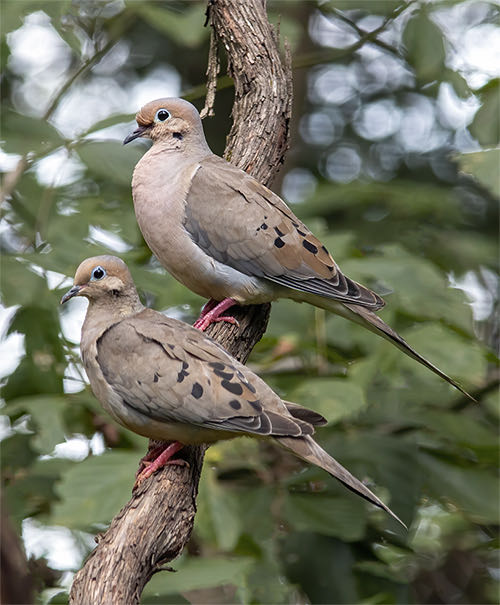
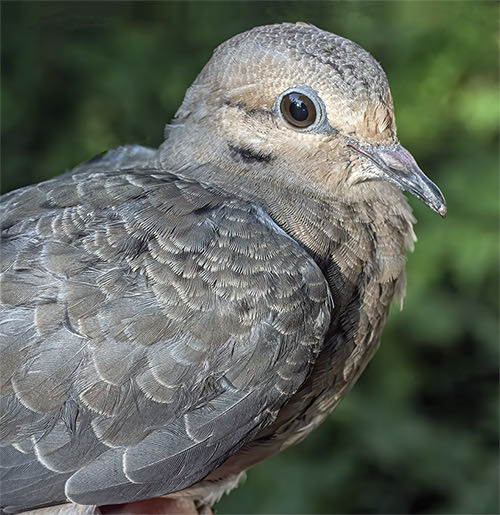
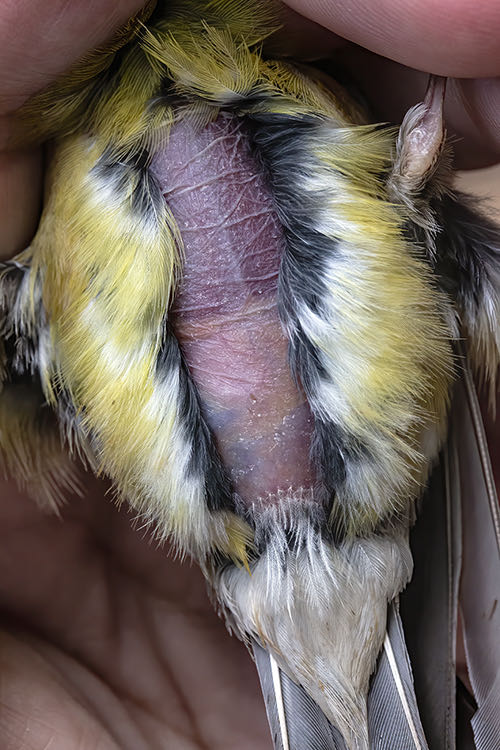
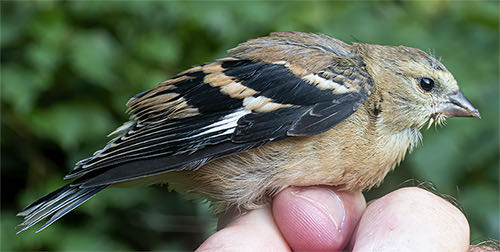

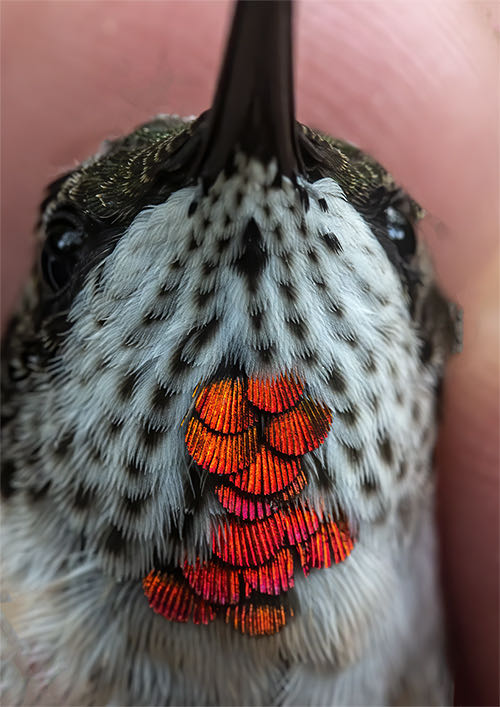
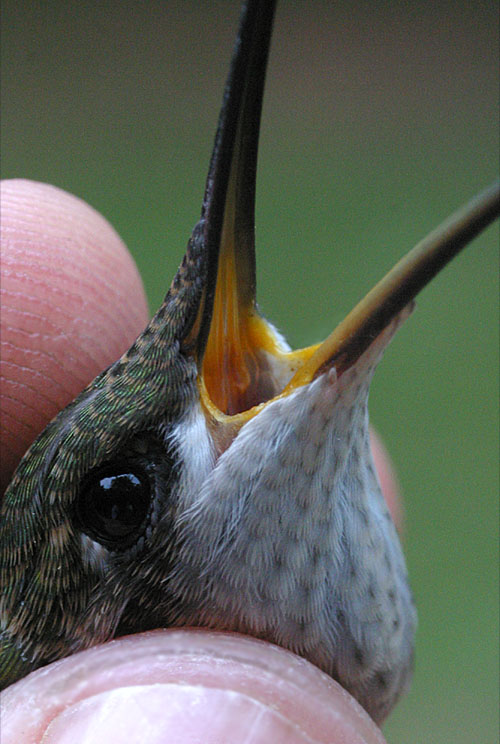
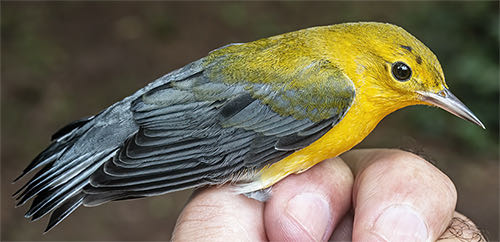
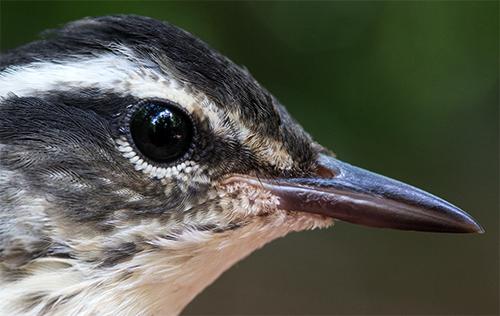
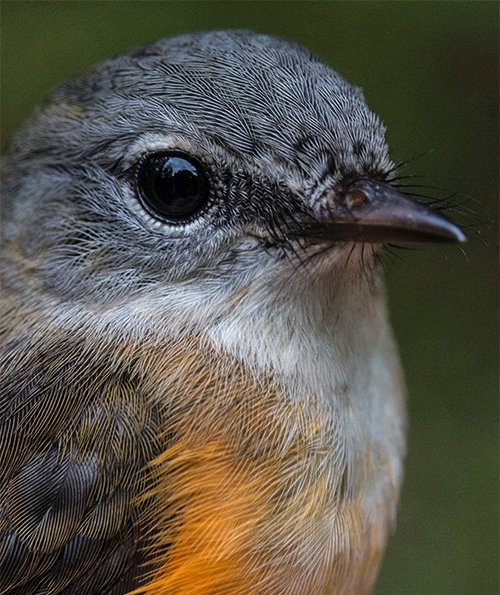











 Please report your
Please report your